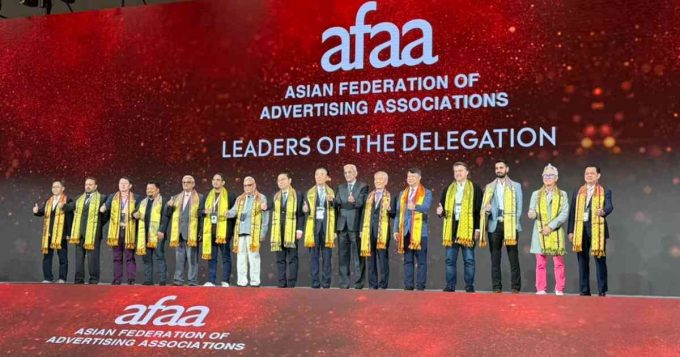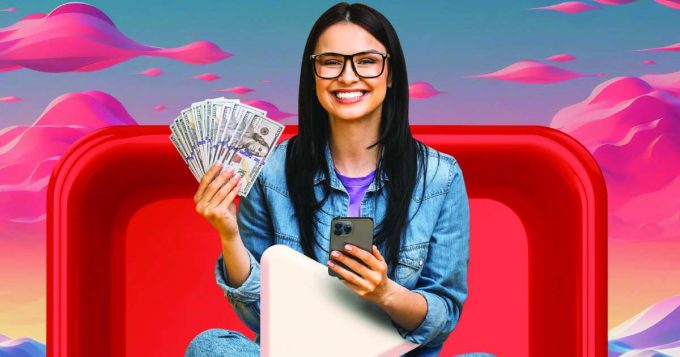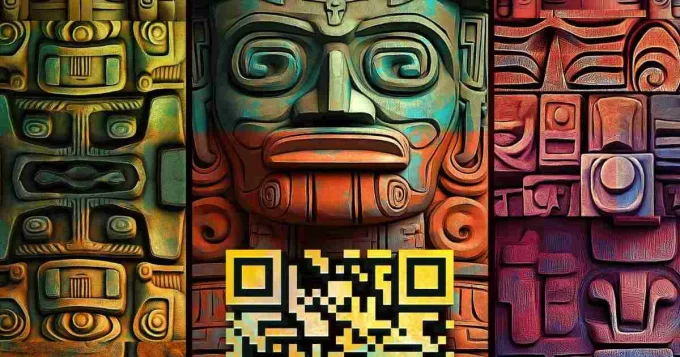This article explores how automation is redefining Pakistan’s social media landscape, changing how brands create, communicate, and connect. As AI takes on more creative control, the challenge is not efficiency anymore. It is about ensuring that originality and authenticity survive in the age of algorithmic influence.
With the rapid evolution in technology, social media has become an indispensable tool for individuals. In an era where social media is shaping our minds, ways of communication, marketing and branding concepts. It is hard to keep pace with the fast-moving world.
It has been over a decade since social media took over our lives and transformed it. From a novel way to connect with friends to a pervasive force that influences nearly every aspect of our daily lives. The birth of ChatGPT and other similar AI tools marked a significant milestone in how we bring about the effective use of social media.
I still remember when ChatGPT launched on the market. One of my co-workers, amazed after registering his email, logged in, typed a simple writing task related to a client project. And within seconds, he had a response. He called us over to see what he had just done. Not only was the speed incredible, but the article sounded professional too.
As a writer, it was a shock to see such well-organised results when we had been researching the same topic all day. Yet, this screen practically did the work in seconds. It was beyond words. Soon, the entire office, including me, started signing up on the platform, and it went ‘viral’ among us.
Looking back, 2022 does not seem that far off. But haven’t we shifted at quite a fast pace and accepted AI into our daily lives? What once felt futuristic has quickly become part of our reality.
That was just the beginning. AI slowly crept into our lives, making tasks easier for us. In Pakistan, writing tools were among the first trends to spread, and soon brands started exploring this ‘new space’. We came across automated tools for generating images, building killer presentations, and designing fully functional websites, using AI-generated voice-overs and automating almost all kinds of tasks, including social media use.
The appeal was convenience, as well as the growth of the Gen Z audience. Which was quick to adopt these tools that brought a shift in the traditional mindset and pushed brands towards change.
Content creation flourished. People without graphic design skills or video-editing skills can now easily make reels and create magic. Tools like Capcut and Canva have seen massive downloads every day. Platforms like Meta and TikTok, with their remixing features, have enabled creators to scale their audience globally.
In the advertising industry, it is safe to say that AI has become a requirement for those who want to survive in the market. Automation tools are used across all fields, and courses on prompt engineering have multiplied. Campaigns that once ran the same ‘Eid Mubarak’ greeting every year now leverage AI to send personalised greetings that feel unique.
There was a time when research and guesswork went into campaigns to ensure the best results. But now this ‘manual process’ has faded. Social media no longer needs weeks of brainstorming for a single post. Tools automate the process, predict, adapt, and respond in effortless ways to run campaigns perfectly, and social media executives can even sleep through it!
That said, let’s not deny that human oversight remains crucial. We need people to keep a check on the outcome, as AI needs to be trained and monitored to make sure that the algorithm works. The risk of generic, tone-deaf content is real. Accuracy, inclusivity, cultural nuance, and emotional depth are areas where people still lead.
Meanwhile, technology races ahead. Captions can be written instantly, images can be generated quickly, and text-to-image or image-to-video trends go viral every week. In the same way, brands are using predictive tools to refine advertisements, study target audiences and act on AI suggestions.
One of the biggest shifts in the industry is that instead of chasing trends. Brands are now able to create their own, through AI-generated content, experimenting with endless prompts.
The hype is no longer just hype, as AI continues to be implemented by all. From fashion houses to telecommunication giants, everyone is using AI.
AI-powered advertisements are on the rise as well. These campaigns still need expertise to match the brand’s identity, but with lower costs and shorter timelines, companies are choosing them. The use of automation tools leads to efficiency. Giving companies more time to focus on the big idea that truly matters.
No doubt, AI has helped start-ups survive the content race, but it cannot beat the human brain when it comes to creativity and originality. AI can scan millions of posts and conversations at once, but the creative mind that decides the story to be told cannot be replicated.
So, if you ask me, if AI tools are a replacement for humans, my answer is no. From where I stand, AI tools are an opportunity to explore new dynamics and serve as a junior collaborator to assist and refine human ideas. The risk of losing a brand’s unique voice in the sea of algorithms we face daily is real, and the balance must be maintained.
Those brands that use these tools wisely, not putting their entire social media on autopilot. But using them as assistants will be the ones to succeed. We can already see that in the real-world examples of brands that are leading today. The game is all about being smart, keeping it personal, and ultimately being more responsive for this partnership to truly work.










